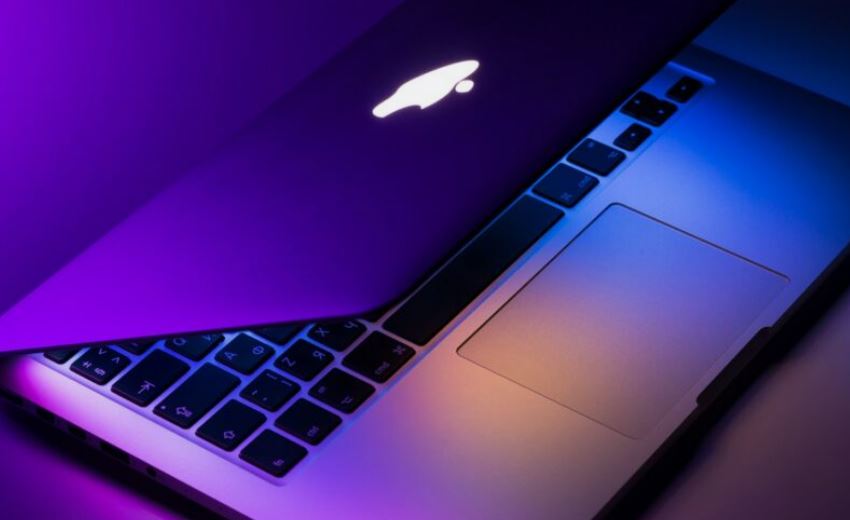An Investigation into the Applicable Tools and Techniques for Forensic Examination of Apple Laptop and Desktop Machines (2013)
Forensic Examination of Apple Laptop and Desktop Machines Dissertation – Due to the expansion of technology, digital devices have been seen to offer a wealth of information for investigators. Data shows that 6 out every 10 people in the world own a mobile phone. These figures include data collected in the developing world; responsible for the lower percentage of people who own mobile phones than expected. It is estimated that in the developed world 94% of people who are over the age of 8 years own mobile phones.
There are two challenges that are faced in the use of digital evidence and these include the verification of the authenticity and integrity of this evidence. This study will focus on the applicable tools that can be used in the forensic examination of Apple OSX and IOS architectures. This is based on knowledge of the fact that minimal research has gone into the study of these techniques as well as the development of such software. Through this study the strengths and limitations of these software will be assessed and recommendations will be based on this.
Modern day legislature in the US, UK and Europe gives law enforcers the right to seize all digital devices that are suspect of holding crucial data. It is important to note that the development of digital forensics with time was not structured but occurred due to an important need in the legal and justice systems of many countries. This is because the spread and development of the computer was unplanned and unprecedented. Computers and the internet spread fast as they were useful in the execution of both commercial and entertainment activities.
With this came the emergence of computer crime and fraud that overwhelmed law enforcers because they did not have the required human personnel and resources to cope with such criminals. Once this realization had sunk many institutions saw the need of embracing this science and protecting it within the constitutional framework.
- 15,000 words – 66 pages in length
- Good use of literature
- Well written throughout
- Good analysis of subject area
- Includes questionnaire
- Ideal for IT students
1. Introduction
Background of study
Structure of study
2. Literature Review
Development and evolution of computer forensics
Modern day challenges of computer forensics
Need for international standards in computer forensics
Document versus Digital paradigm in forensics
Corporate versus legal ideologies
Ethical implications
Difficulty of forensic investigation in Apple OS X and IOS architectures
Mac OS X
Apple IOS
Apple disk structures
GUID partition table (GPT)
3. Methodology
Sample
Devices
Digital forensics framework
Development
Evaluation
Questionnaires
Analysis
Legal and ethical issues
4. Results and Discussion
Successful extraction of evidence
Computer forensic skills
Live analysis versus secondary examination
Digital Forensics Framework tool
Effectiveness
Ease of use
Utility
Data retrieval technique
Challenges experienced
Integrity and authenticity
5. Conclusion
6. References
Appendix
Questionnaire

